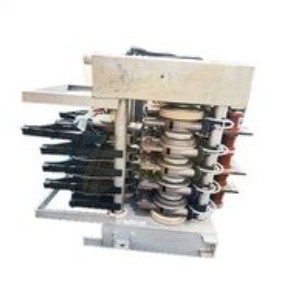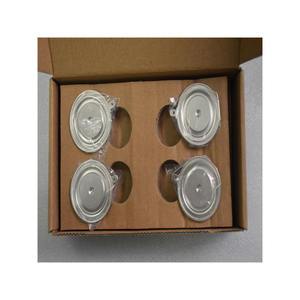Thyristors Online | High-Quality Power Semiconductors
“Swapping Out Thyristors in VFD Systems: Why It Matters and What You Gain”
(Thyristor Replacement in VFD Systems: Functionality and Benefits)
Let’s talk about something that keeps factories humming, machines running smoothly, and industries powered up: variable frequency drive (VFD) systems. These gadgets are the unsung heroes behind controlling motor speeds and saving energy. But even heroes need a tune-up sometimes. One key part that often needs attention is the thyristor. If you’re wondering what happens when these components wear out—or why replacing them is a game-changer—you’re in the right place.
First off, what’s a thyristor? Think of it as a traffic cop for electricity. In a VFD system, it manages power flow by switching currents on and off. Over time, heat, voltage spikes, or plain old wear and tear can fry these parts. When thyristors fail, the whole system might slow down, waste energy, or even shut off completely. Not great for productivity.
Replacing old or damaged thyristors isn’t just about fixing a problem. It’s about upgrading. Newer thyristors handle higher voltages and temperatures better. They switch faster, which means less energy loss. Imagine swapping a rusty valve for a precision-engineered one—everything flows smoother.
Here’s the big win: efficiency. Modern thyristors cut down on heat buildup. Less heat means cooling systems don’t have to work as hard. That slashes energy bills. For factories running dozens of VFDs, those savings stack up fast.
Then there’s reliability. Older thyristors can cause unexpected shutdowns. Downtime in manufacturing? That’s money flying out the window. New components reduce the risk of sudden failures. Machines stay online longer. Production targets get hit without hiccups.
Costs matter too. Replacing a single thyristor is cheaper than replacing an entire VFD unit. Regular maintenance with timely swaps extends the lifespan of the whole system. Think of it like changing the oil in your car. Skip it, and you’ll pay more later.
Safety is another angle. Faulty thyristors can lead to electrical issues—sparks, short circuits, even fires. Upgrading them minimizes these risks. Workers stay safer. Equipment stays protected. Insurance companies love this stuff.
What about performance? New thyristors let VFDs handle variable loads more smoothly. Motors start and stop without jerking. Precision improves. In applications like conveyor belts or pumps, that means less wear on machinery and better product quality.
Some people worry about the hassle of replacement. Truth is, modern thyristors are designed for easier installation. Many are plug-and-play. With a skilled technician, downtime is minimal. The upgrade pays for itself in saved energy and avoided repairs.
Still not convinced? Look at real-world examples. A food processing plant upgraded their VFD thyristors and saw a 15% drop in energy use. A packaging company reduced downtime by 30% after swapping out old parts. Numbers don’t lie.
Not all thyristors are the same. Picking the right one matters. Factors like current rating, switching speed, and thermal tolerance need to match the system’s demands. Consulting a specialist ensures you get the best fit.
In the end, thyristor replacement isn’t just maintenance—it’s an investment. Better efficiency, fewer breakdowns, lower costs, and safer operations. For anyone relying on VFD systems, ignoring these components is like ignoring a ticking clock. Address them proactively, and the benefits keep rolling in.
(Thyristor Replacement in VFD Systems: Functionality and Benefits)
So next time your VFD acts up, don’t just blame the motor. Check the thyristors. A small fix today can prevent a big headache tomorrow. And hey, your accountant might just thank you for it.


